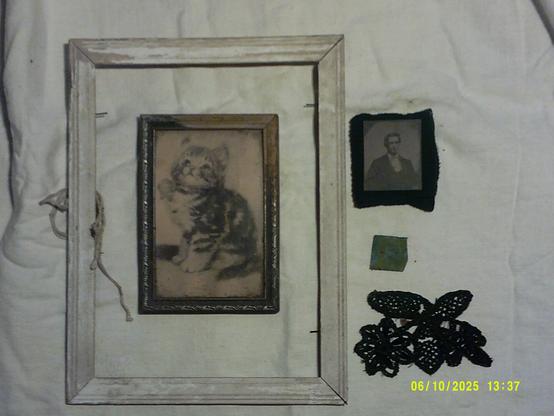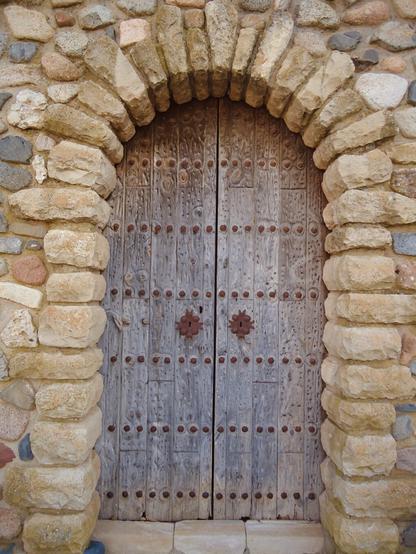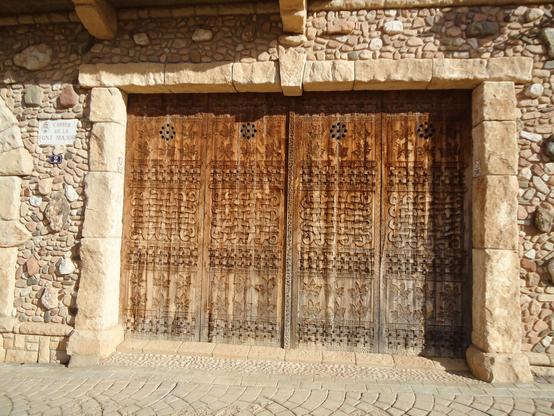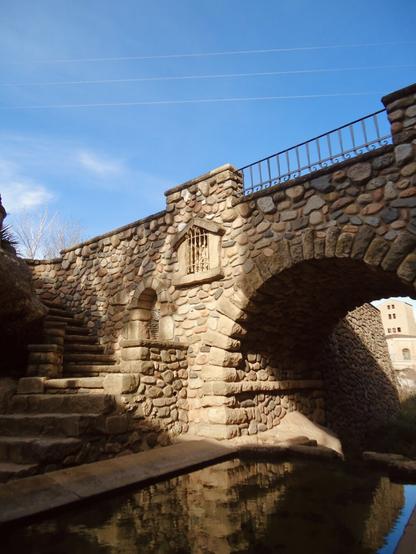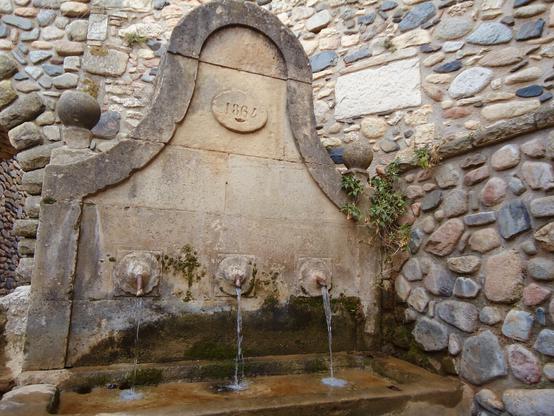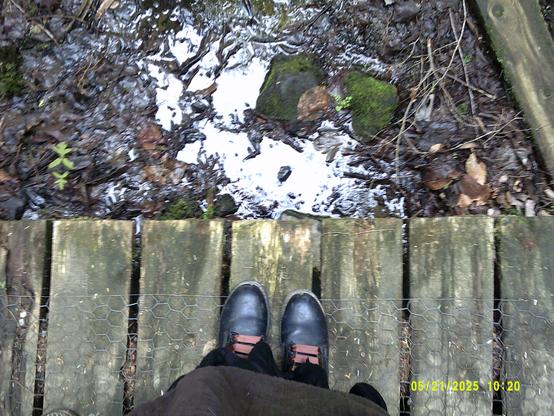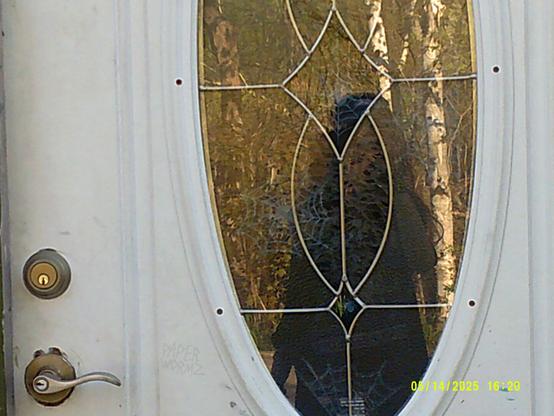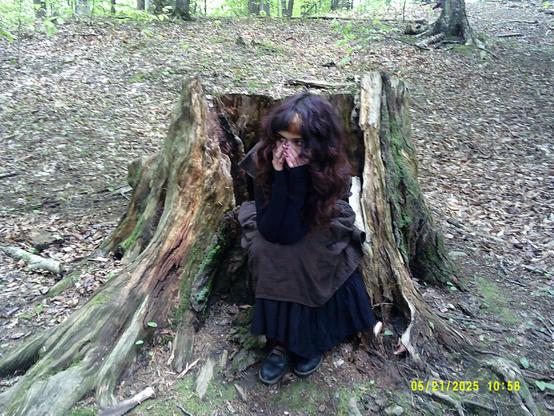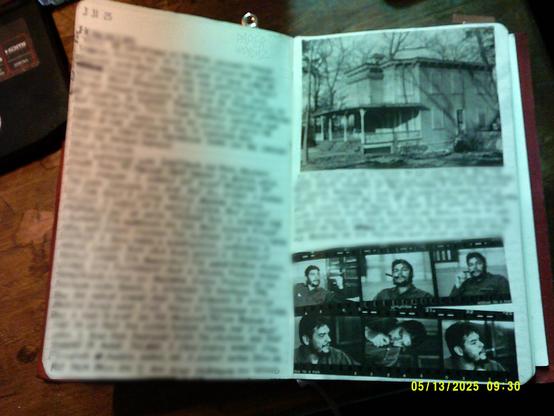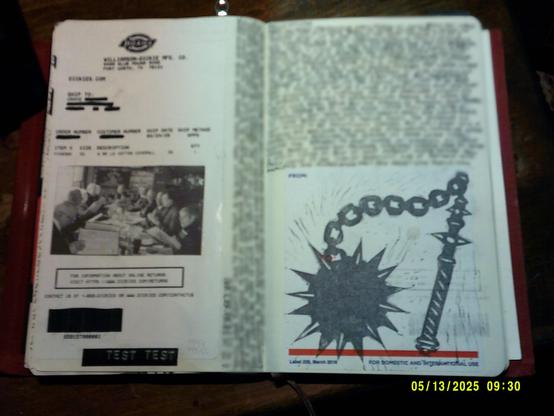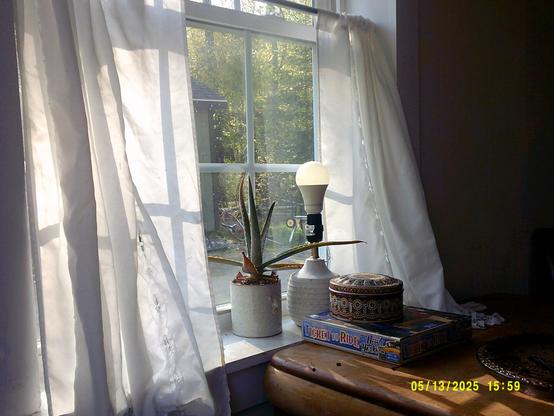#Digitalcamera
•
•
#polaroidis048 #digicam #digitalcamera #appalachiangothic #vintage #preachersdaughter #mortue #weirdgirl
•
•
#polaroidis048 #digicam #digitalcamera #antlers #taxidermy #appalachiangothic #weirdgirl #paperwormz
•
•
#polaroidis048 #digicam #digitalcamera #selfie #ghostkin #mortue #appalachiangothic #weirdgirl
•
•
#polaroidis048 #digicam #digitalcamera #strega #appalachiangothic #preachersdaughter #weirdgirl #mortue
Yashica Adds a Third FX-D Version That Actually Has a Viewfinder https://petapixel.com/2025/06/13/yashica-adds-a-third-fx-d-version-that-actually-has-a-viewfinder/ #digitalcamera #kickstarter #yashicafxd #Equipment #yashica #News
•
•
#polarois048 #digicam #digitalcamera #journal #journalingaddicts #analoguejournal #journalinspiration #journalinspo
Major #telescope hosts world's largest #digitalcamera: how it will transform astronomy
Massive telescope will map the Universe and provide an evolving record of the #SolarSystem and distant #stars.
To be seen at full resolution, each of the #VeraCRubin Observatory’s 3,200 megapixel shots — captured with the world’s largest digital camera — would take several hundred high definition (HD) television screens put together.
https://www.nature.com/articles/d41586-025-01798-2
Design Milk : The Fujifilm X half Is a Retro-Inspired Digital Camera for Everyday Creativity https://design-milk.com/the-fujifilm-x-half-is-a-retro-inspired-digital-camera-for-everyday-creativity/?utm_source=rss&utm_medium=rss&utm_campaign=the-fujifilm-x-half-is-a-retro-inspired-digital-camera-for-everyday-creativity #digitalcamera #photography #Technology #Fujfilm #camera #Main
•
•
#polaroidis048 #digicam #digitalcamera #cemetery #graveyard #fairydoor #nature #woods #mortue #appalachiangothic
•
•
#polaroidis048 #digicam #digitalcamera #forest #woods #offgrid #nomad #cottagepoor
•
•
#polaroidis048 #digicam #digitalcamera #journal #journalinspiration #journalinspo #journallove #journalinspo
Leica-Inspired $150 Point-and-Shoot Aims to Replicate Charm of Analog Photography https://petapixel.com/2025/06/04/leica-inspired-150-point-and-shoot-aims-to-replicate-charm-of-analog-photography/ #compactcamera #digitalcamera #fujifilmxhalf #pointandshoot #kickstarter #Equipment #echolens #analog #leica #News #film
.
#mudita #minimal #minimalphone #ipodclassic #digitalcamera
•
•
#polarois048 #digicam #digitalcamera #cemetary #moss #swirl #tombstone #appalachiangothic
•
•
#polaroidis048 #digicam #digitalcamera #photography #outsiderart #cottagepoor #homestead #slowlife
